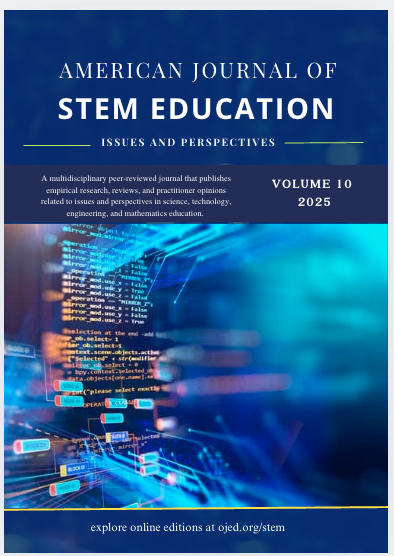Taxi driver’s perception towards taxi management in Kathmandu Valley
A structural equation model analysis
DOI:
https://doi.org/10.32674/Keywords:
taxi management, Structural Equation Modeling, taxi drivers perception, readiness on taxi managementAbstract
Taxi drivers around the world operate in a mobile environment that challenges the traditional concept of the workplace. They play a vital role in enabling us to reach our destinations with ease, security, and time-saving benefits. Therefore, transportation is considered one of the five crucial infrastructure facilities for the development of a country. The current study aims to analyze the factors that determine taxi drivers' perceptions of taxi management in Kathmandu Valley, Nepal. The results, obtained through Structural Equation Modeling (SEM), reveal five constructs fitting within the model. The findings conclude that accessibility, convenience, price, and intention to use taxi management are significantly related to each other. This indicates that all four variables significantly influence taxi drivers' perceptions of taxi management. As a result, this study suggests that the taxi industry must adapt to taxi management practices to enhance customer engagement.
Downloads
Published
Issue
Section
License
Copyright (c) 2023 Interdisciplinary Journal of Innovation in Nepalese Academia

This work is licensed under a Creative Commons Attribution-NonCommercial-NoDerivatives 4.0 International License.
Upon publication articles are immediately and freely available to anyone, anywhere, at any time. All published articles are licensed under a Creative Commons Attribution-NonCommercial-NoDerivs 4.0 Unported License. All articles are permanently available online. The final version of articles may be posted to an institutional repository or to the author's own website as long as the article includes a link back to the original article posted on OJED.






